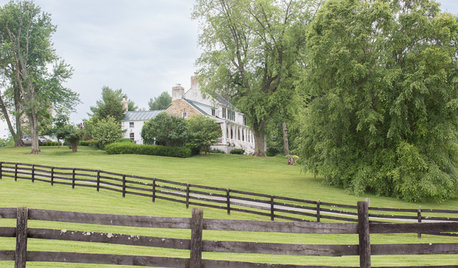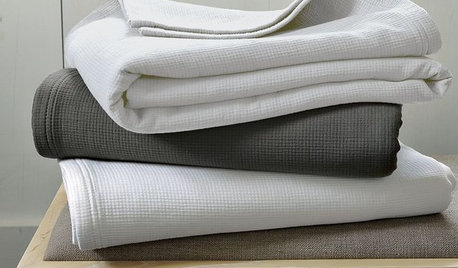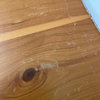Bed repair
bus_driver
12 years ago
Related Stories

SELLING YOUR HOUSEFix It or Not? What to Know When Prepping Your Home for Sale
Find out whether a repair is worth making before you put your house on the market
Full Story
GREAT HOME PROJECTSHow to Give Your Driveway and Front Walk More Curb Appeal
Prevent injuries and tire damage while making a great first impression by replacing or repairing front paths
Full Story
GREAT HOME PROJECTSHow to Add a Murphy Bed
Make a single room serve multiple purposes with a convenient foldaway bed
Full Story
LIFE10 Smart Ways to Deal With Summer Gear
Start fall with a clean slate by organizing, repairing and storing summertime essentials the right way
Full Story
LANDSCAPE DESIGNDitch the Ordinary Ditch: Create a Realistic Dry Creek Bed
Here’s how to turn your water runoff system into an eye-catching accent for your landscape
Full Story
FARM YOUR YARDHow to Build a Raised Bed for Your Veggies and Plants
Whether you’re farming your parking strip or beautifying your backyard, a planting box you make yourself can come in mighty handy
Full Story
BEDROOMSNew This Week: 3 Bed, Nightstand and Wall Combos You’ve Got to Try
Whether you prefer moody, minimalist or sunny, these 3 bedrooms uploaded to Houzz recently are exercises in stylish harmony
Full Story
MY HOUZZMy Houzz: Farmhouse Style in a Virginia Bed-and-Breakfast
A country home includes gorgeous grounds, whimsical spaces, a barn as a wedding venue and chandeliers throughout
Full Story
PRODUCT PICKSGuest Picks: Fresh Summer Bedding
When the weather calls for more than just a sheet, these lightweight options are just right for staving off nighttime chills
Full Story
THE HARDWORKING HOME8 Laundry Room Ideas to Watch For This Year
The Hardworking Home: A look at the most popular laundry photos in 2014 hints that dog beds, drying racks and stackable units will be key
Full StorySponsored
Columbus Area's Luxury Design Build Firm | 17x Best of Houzz Winner!
More Discussions










aidan_m
bus_driverOriginal Author
Related Professionals
Beaumont Cabinets & Cabinetry · Tucson Carpenters · North Richland Hills Carpenters · University City Flooring Contractors · Adelphi Flooring Contractors · Cranston Flooring Contractors · Damascus Flooring Contractors · Elmhurst Flooring Contractors · Lakeway Flooring Contractors · Lodi Flooring Contractors · Parma Heights Flooring Contractors · Rogers Flooring Contractors · San Jose Flooring Contractors · Athens Furniture & Accessories · Tamalpais-Homestead Valley Furniture & Accessoriesbus_driverOriginal Author
aidan_m
brickeyee
bus_driverOriginal Author
brickeyee
bus_driverOriginal Author
brickeyee